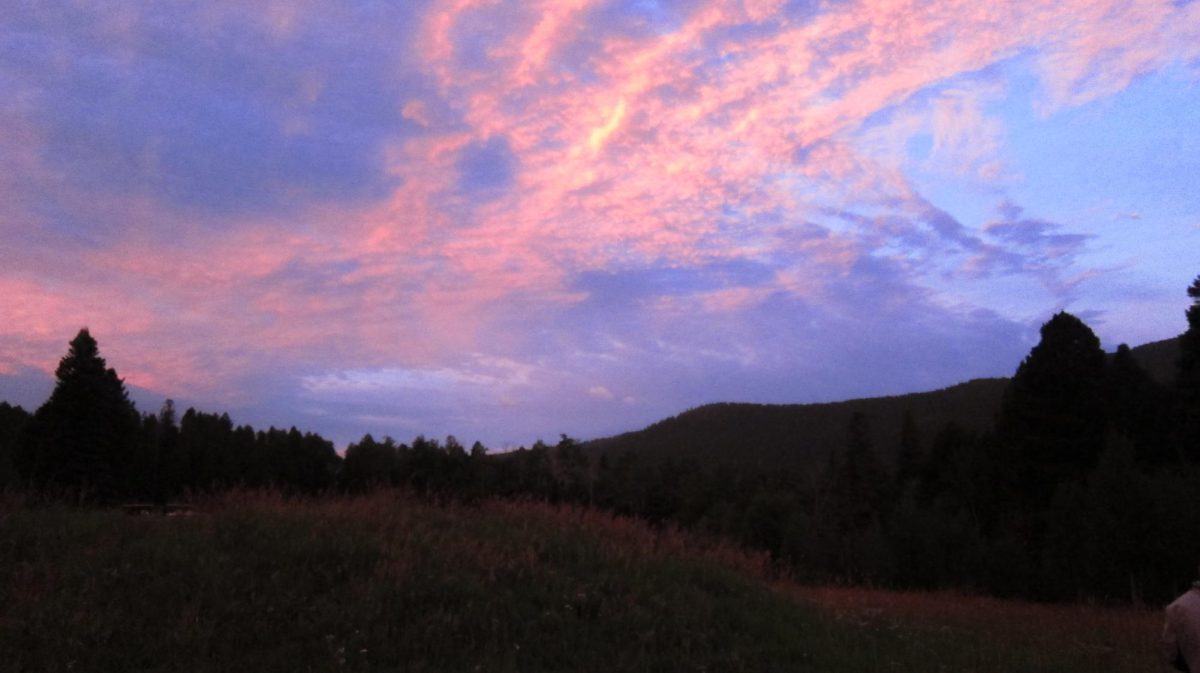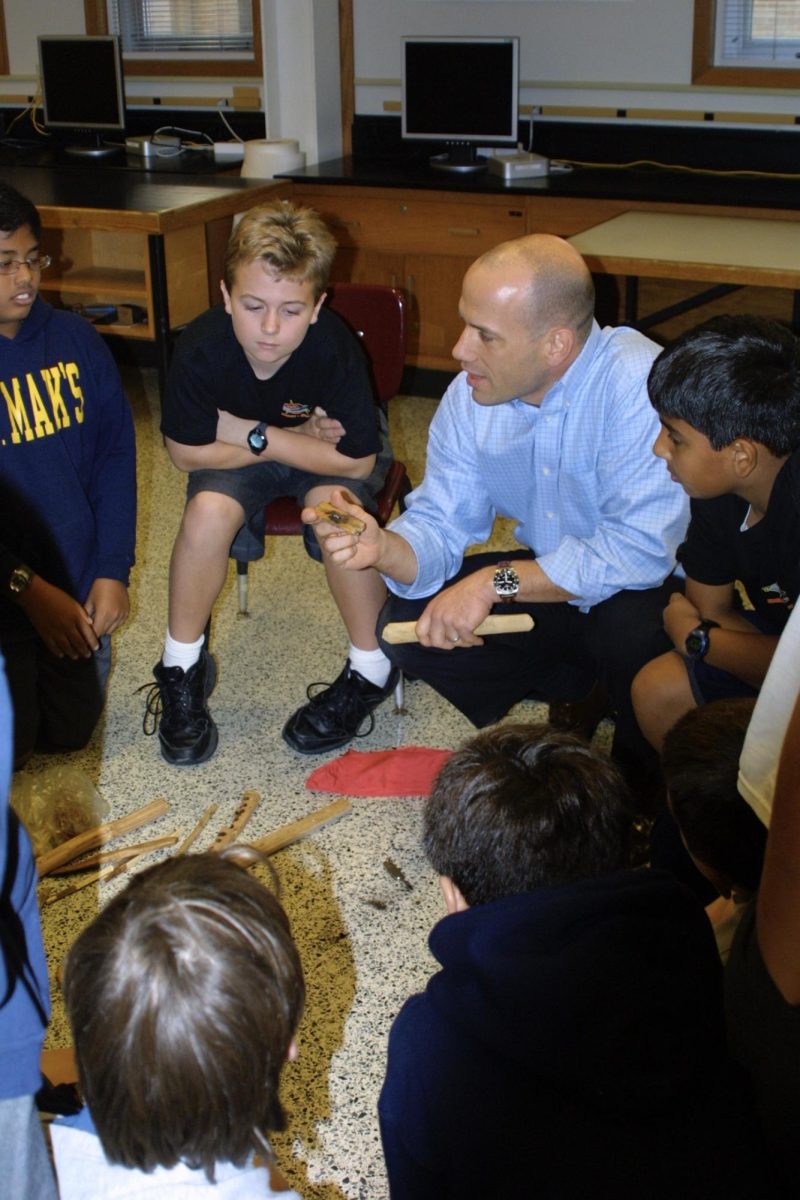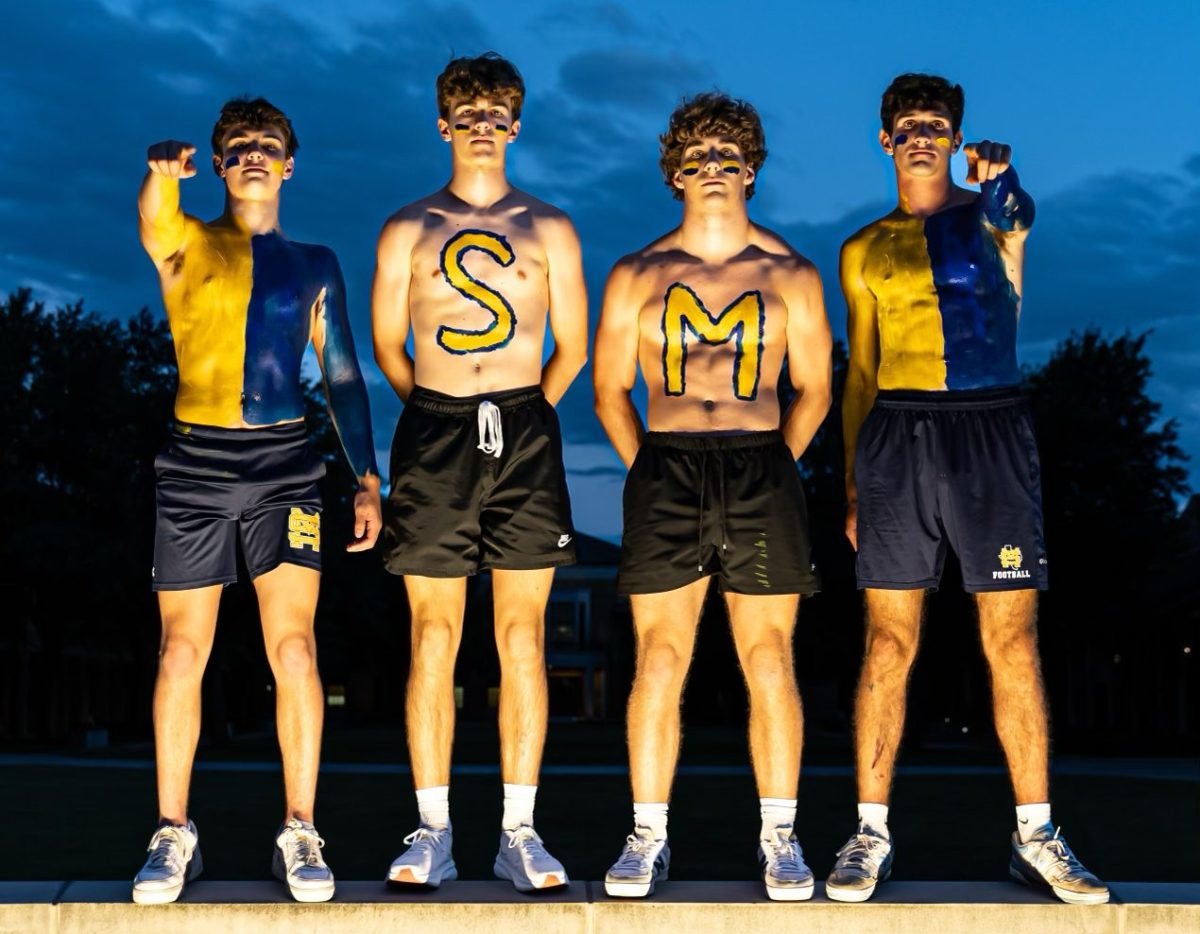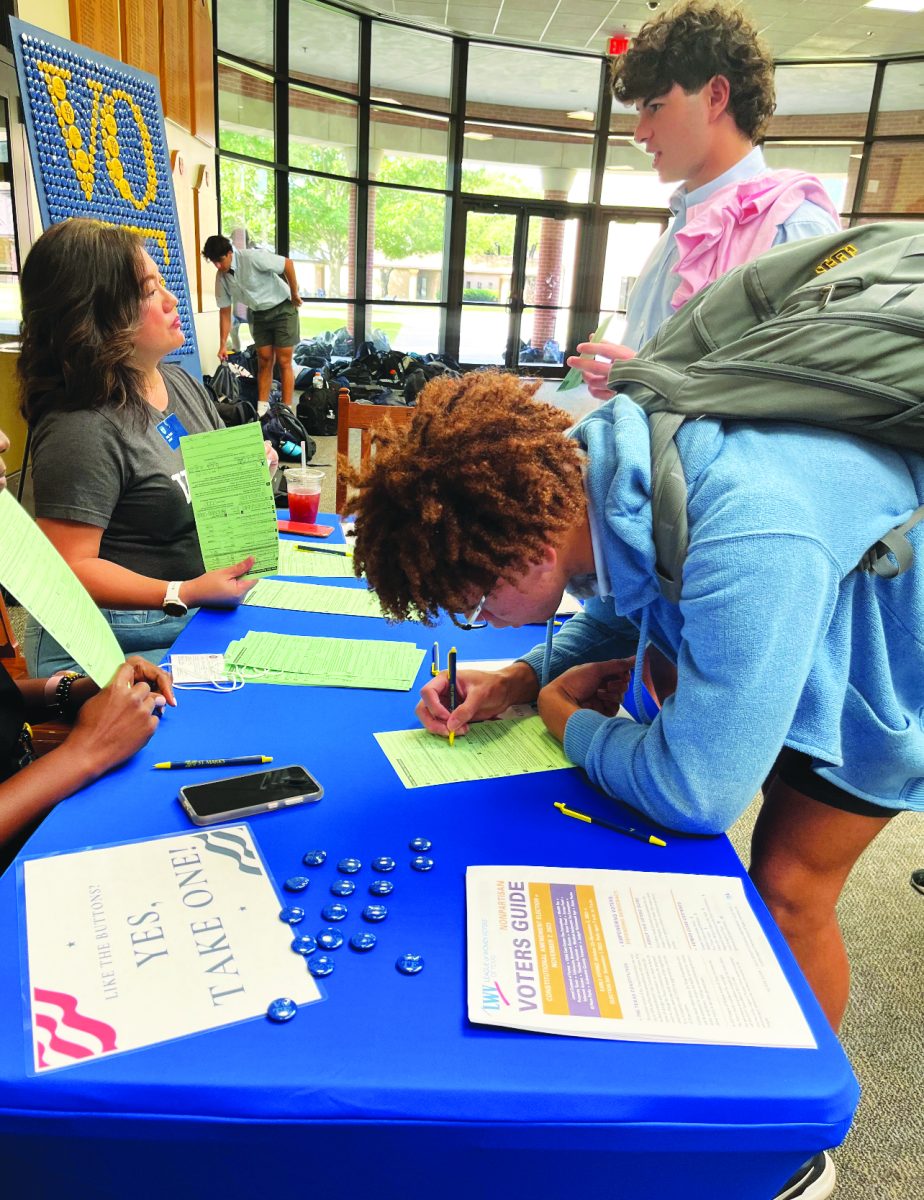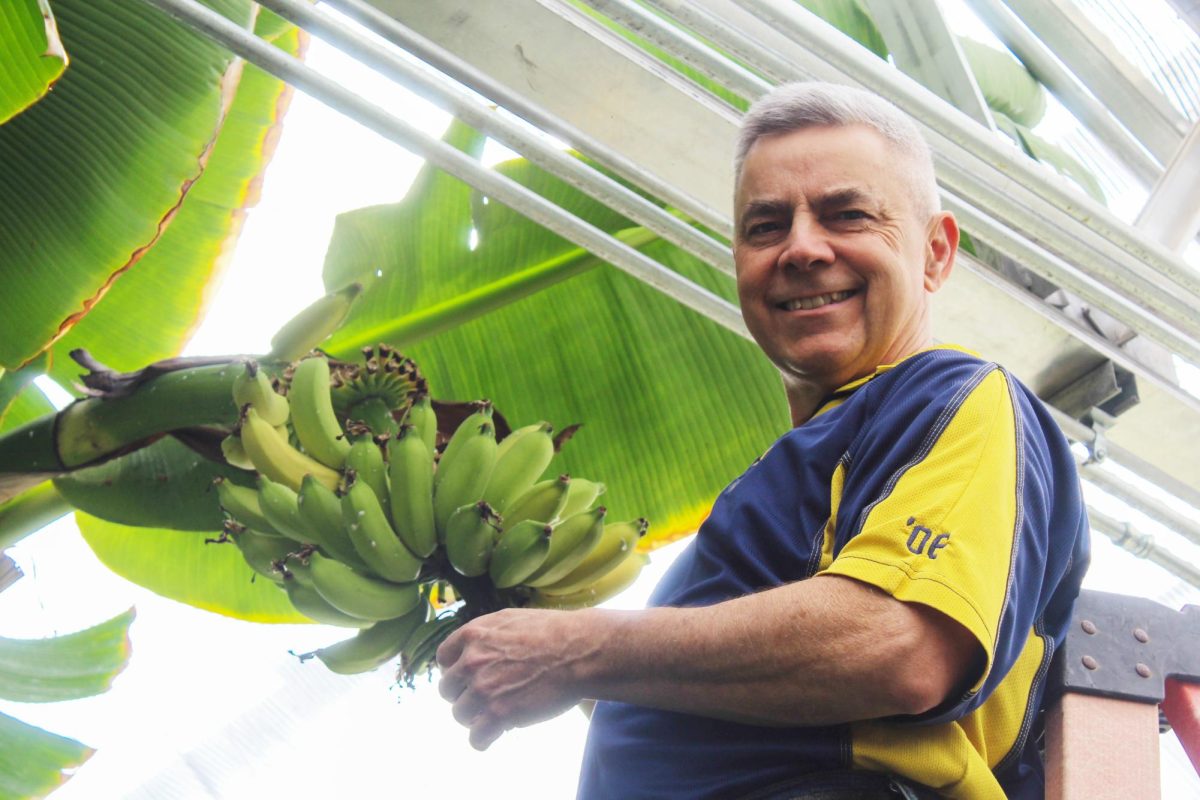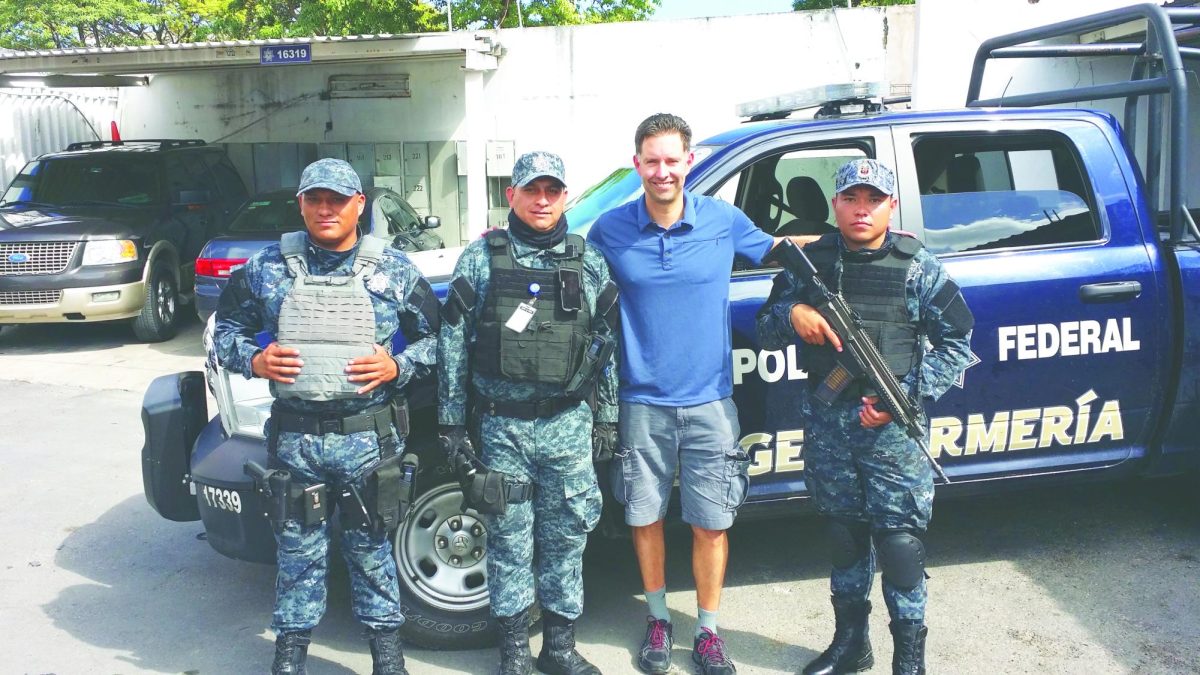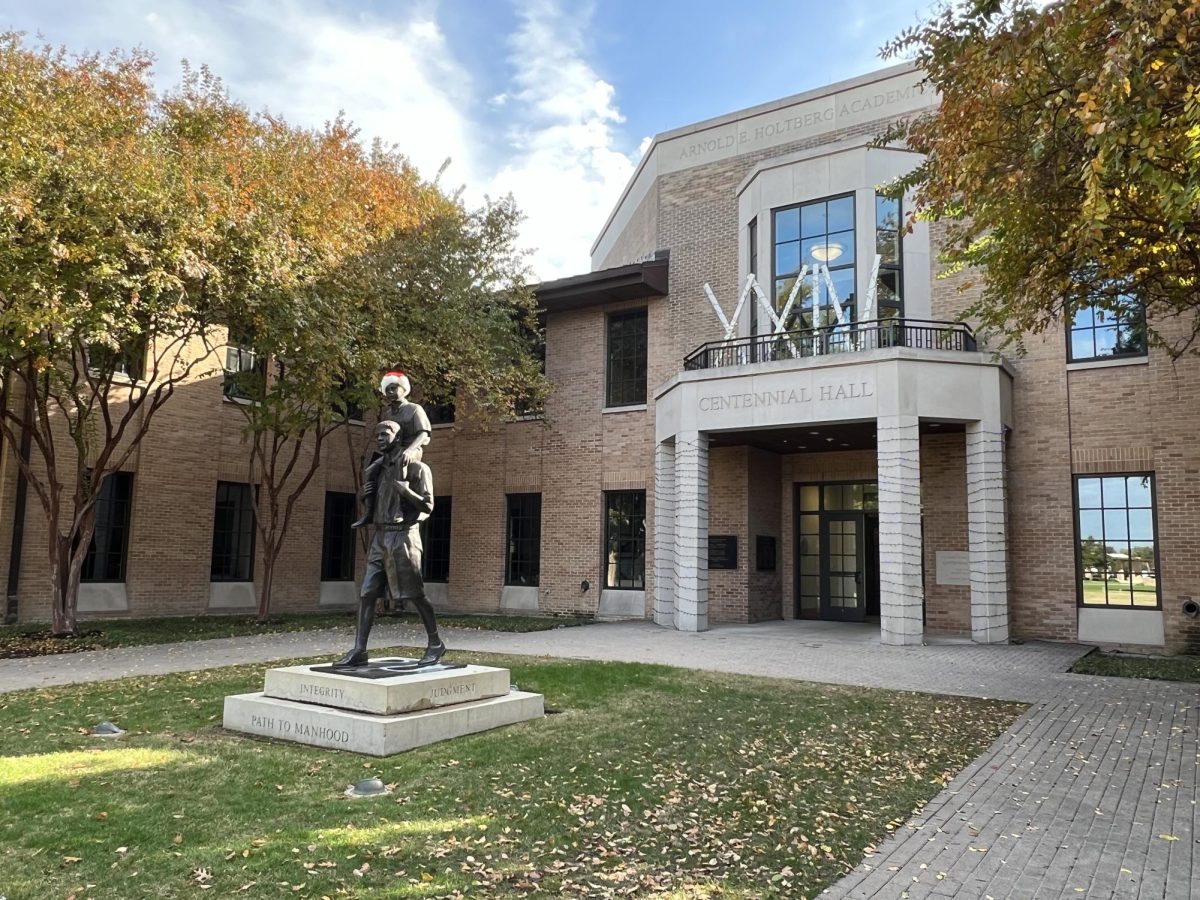The Pecos trip has been a connecting experience more than 50 classes of Marksmen have participated in.
A graduation requirement.
A rite of passage into the Upper School.
And to many alums, a hallmark of their school careers.
But for two straight years, “lightning struck twice.”
Due to issues pertaining to COVID, the Class of 2025’s trip was delayed. Intense wildfires canceled their class’s makeup trip, as well as postponing the Class of 2026’s excursion.
Finally, after these delays, the trip returned in a new format— a two-part, two-class experience to make up for lost time.
The seemingly new concept of a two-trip summer was designed to encapsulate the core values of the Pecos experience while also providing the school with the opportunity to catch up on two lost years of trips. However, this system has been deployed before, but for an entirely different reason.
According to Associate Headmaster John Ashton, in the 1980s, even with considerably smaller class sizes, two trips were required as fewer adult chaperones were willing to carve out time from their summers to accompany the boys. Additionally, the school was unable to move the entire class of around 80 kids to the Pecos Wilderness, roughly 550 miles from home, as they had not yet begun to charter large buses.
Along with drawing from this model, this trip included new logistics involving hotels, new gear and new personnel.
“[The School] felt it was really important that anyone doing two trips was able to have two days and two nights of rest,” Ashton said. “The solution was to put them all into hotels in Santa Fe. They were able to go out to dinner, do some laundry, and just reboot.”
This rest provided those faculty members time to contact their families and sleep in beds before returning to the wilderness.
The school has continuously introduced new safety equipment and personnel in order to better ensure student safety. This year’s additions included a Starlink satellite connection, as well as new Garmin satellite messaging phones that were used by group leaders for check-in. Additionally, new professional wilderness medics traveled with groups and stayed at base camp.
The added safety and communication ability has come a long way since the last time there were two trips in one summer, a reality that Director of Physical and Experiential Education Mark Sullivan has witnessed firsthand.
“Back then, when your group left the drop-off point, you were completely on your own,” Sullivan said. “We had no communication with each other. We had shadow groups, but we didn’t have a base camp. We didn’t have communications. We didn’t have radios or SAT phones or GPS devices or anything like that. We also didn’t have medics with us.”
Historically, the trip didn’t include an acclimatization day, a recent addition to the Pecos schedule.
“Something we really started pushing a few years ago was taking time to acclimate—giving guys a chance to get used to the elevation,” Ashton said. “In the past, we drove overnight from 500 feet above sea level in Dallas to 7,500-7,800 feet at base camp, only to hike another 800-1,200 feet up to a campsite. Now, we rent group sites, and everyone is able to go there, have dinner, get a good night’s sleep and wake up the next day to a full day of day hikes and moving around. We found being active at a high elevation without going any higher was a shift we saw benefits from.”
Another unexpected challenge lay in a straightforward part of the trip: putting on the packs and hitting the trail, as last year’s historic wildfires limited the number of accessible routes.
“Having three nights on the trails instead of the usual five changed our routes from loops to out-and-back style camping, which worked out for us,” Sullivan said. “Until we got boots on the ground, we didn’t really know what had been affected by the fires and what hadn’t been. Had we had the longer trip and wanted to go deeper into the wilderness, we would have had significant issues because some of our usual routes go into burn area that wasn’t safe to camp in.”
Despite these differences between the traditional and two-part trips, the core values the school hopes the excursion will instill in students have stayed the same, as well as the transcendent experiences and traditions of Pecos.
Inscribed on the Path to Manhood statue, courage and leadership are two of the most important virtues the school celebrates. Among the many notable events on Pecos, the solo, a time-honored tradition in which students must spend a full 24-hour period on their own in the wilderness, tests these disciplines like no other.
“When my solo first began, I was definitely anxious,” sophomore Benjamin Standefer said. “I had to quickly plan everything out: how I would build my shelter, what to do to keep myself entertained and how I would get viable sleep for the night. But as time went on and I was just sitting in nature all alone with my thoughts, I became a little more thoughtful. I started thinking about what really mattered in life and focusing on being grateful for the [luxuries] of day-to-day life, something I didn’t have on the Solo.”
This most recent trip accomplished everything the school had hoped — giving the Classes of 2025 and 2026 a chance to complete the time-honored tradition while growing as men. The students experienced the solo. The students got to hike the trails previous Marksmen had walked before them. And the students got to enjoy warm burritos at Frankie’s, a Pecos-area restaurant, following the trip.
For future classes, the trip will return to normal after one more year of the two-class travel.
“We’ve got one more catch-up trip,” Ashton said. “The first part will be for the current ninth graders, and the second will be for the rising ninth graders. That’s what those classes can look forward to next year, but it is my hope that we return to the previous model soon.”

